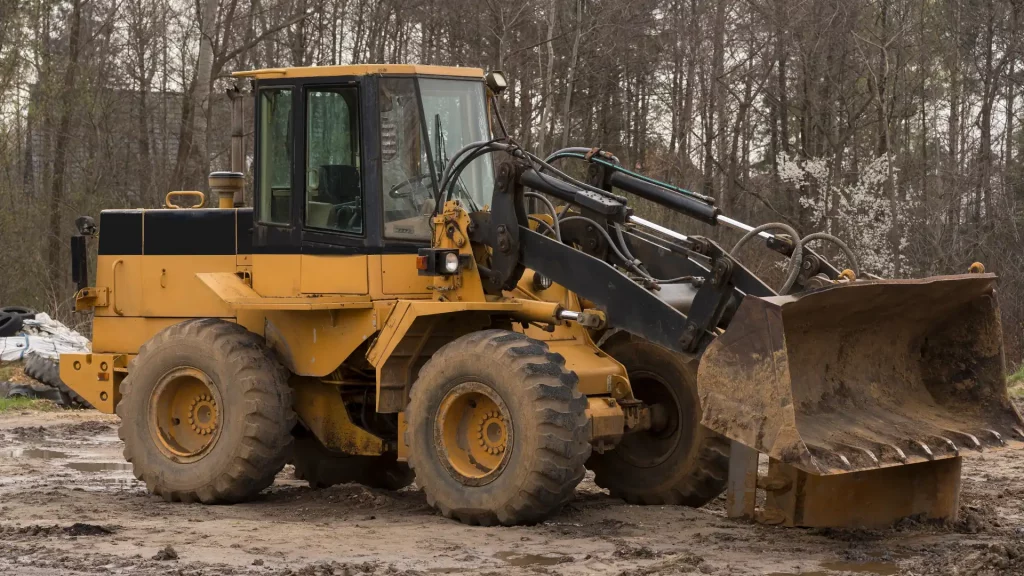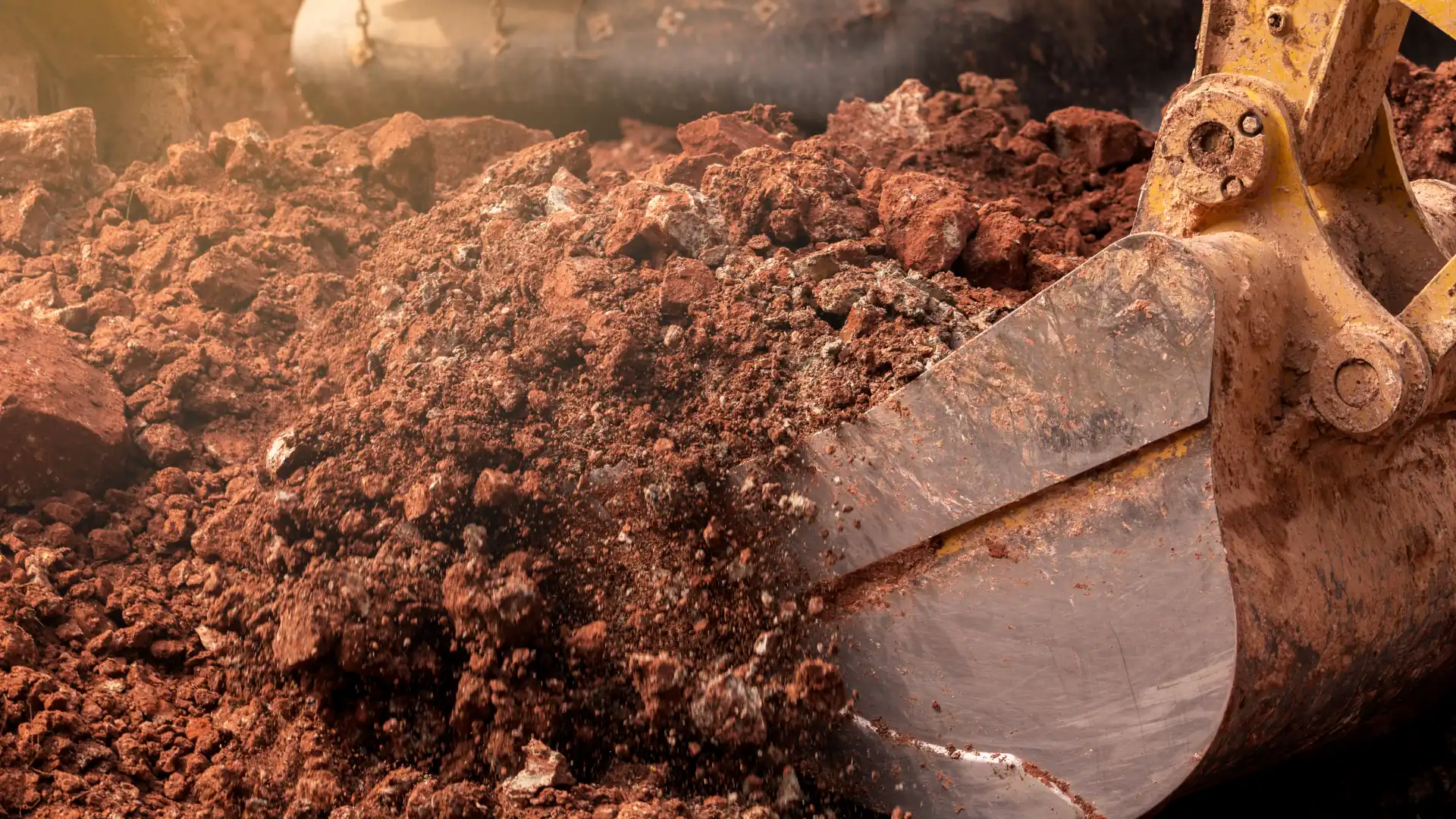Construction sites today are a bustling blend of advanced machinery and traffic management products. Some of this equipment has ancient roots, while others are modern marvels developed over the past century. In this blog post, we’ll journey through the history of construction equipment, highlighting milestones that have shaped its evolution and made construction machinery what it is today.
The Age of Muscle Power
The construction industry heavily relied on human and animal labour for much of early human history. As time passed, simple machines like levers and pulleys were developed, leading to the creation of more complex machinery. The idea of mechanical advantage, first introduced by Archimedes, helped set the stage for future innovations. However, it wasn’t until the late 1600s that we saw the emergence of “heavy-duty” construction equipment.
Ancient Pioneers
The history of common construction equipment we still use today stretches further back than you may have thought. Equipment like cranes and piledrivers have ancient origins dating back to Roman times. In his treatise “De Architectura,” Roman engineer Vitruvius documented early construction equipment closely resembling modern cranes. These precursor cranes were made of wood, utilised treadwheels for power, and used for tasks like bridge construction. Marvels of their time, these cranes simplified the process of heavy lifting and set the foundation for future innovations in construction machinery.
The Steam Revolution
During the Second Industrial Revolution, there was a significant shift in the utilisation of machines. This period was marked by speedy industrialisation and advancements in technology. The urbanisation of rural areas demanded the development of new machinery. Portable steam engines replaced animals and human labour, revolutionising the way construction was done. The first portable steam engines were used to power traction-engined tractors and steamrollers, which allowed for more efficient and faster road construction. Steam-powered dredgers and excavators also emerged, enabling construction companies to undertake larger, more complex projects than ever before.
Invention of the Internal Combustion Engine
During the early 1900s, there was a notable shift in the function of agricultural equipment as it began to be repurposed as construction machinery. In this era, the groundwork was laid for the advancement of construction machinery with more specialised and varied abilities.
Around the same time, the invention of the internal combustion engine (ICE) emerged as another milestone in the history of construction equipment and sent innovation into overdrive. The first ICE machines quickly replaced steam engines and found widespread use in various applications.
The Construction Site Workhorse
During the 1920s, the construction industry experienced a groundbreaking transformation with the introduction of bulldozers, originally called “bull graders.” These machines were equipped with caterpillar traction mechanisms to level terrains while removing obstacles like tree stumps.
The decade also witnessed the advent of bucket wheel excavators, the most powerful mining tools of their time, and the largest heavy machines that utilised continuous metal track technology.

A Time of Growth
The heavy construction industry experienced remarkable growth in the 50s and 60s, largely due to the Federal Highway Act of 1956, which authorised the construction of the Interstate Highway System. This project led to the introduction of high-horsepower motor-wheel scrapers and submersible pumps, which gained popularity during this period. The size of construction equipment also increased significantly in the 60s, with the exception of haul trucks, which have continued to grow to over 400 tons.
More Changes and Innovations
In the 1970s and 1980s, the heavy machinery industry witnessed significant advancements in powertrain and machine configuration, such as the differential steering and elevated sprocket design. However, this period was also marked by a major crisis caused by the oil embargo imposed by the Organization of Arab Petroleum Exporting Countries. The resulting oil crisis led to a surge in the demand for coal and, consequently, for large earthmoving equipment used in coal mining.
Things Start to Get Compact
In the 80s, construction equipment development focused on compactness, noise reduction, emissions reduction, ease of operation, and increased safety. The sector also saw increased durability and efficiency over the years. However, the recession during that time resulted in many leading equipment manufacturers failing or consolidating, causing most major heavy machinery companies from the 60s and 70s to no longer exist today.
Shift in Focus to Sustainability
During the 90s, the implementation of environmental laws significantly impacted the industry by requiring manufacturers to develop new and improved engines for construction vehicles. These engines were designed to be cleaner and more efficient, which helped to reduce harmful emissions and conserve resources.
Autonomous Innovation
In the past few years, the construction machinery industry has experienced a surge in growth. Thanks to advancements in technology, companies are now prioritising the development of autonomous machinery, providing better solutions for customers, and improving the durability and uptime of their machines.
A History of Innovation Continues with TSL Group
Throughout history, the evolution of construction equipment around the world has been a captivating journey that reflects the growth of our societies and economies. The inventions, from the basic yet efficient Roman cranes to the latest environmentally friendly and sophisticated machinery, have been driven by human creativity and the desire to advance and innovate.
As we look ahead, the construction industry is continuously developing, promising even more advanced and efficient machinery that will shape our world. Discover how TSL Group is continuing the tradition of construction innovation here in New Zealand.


